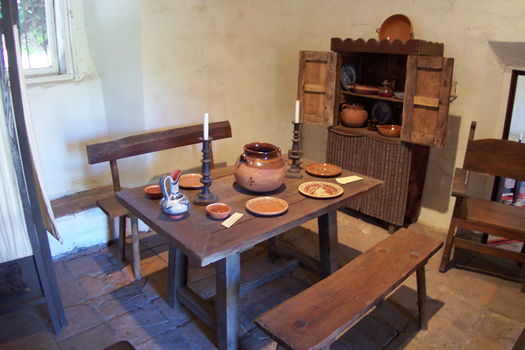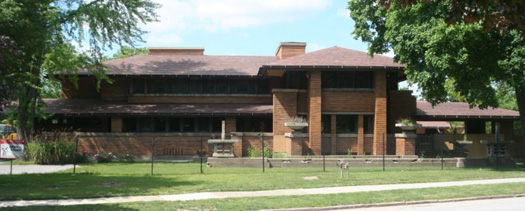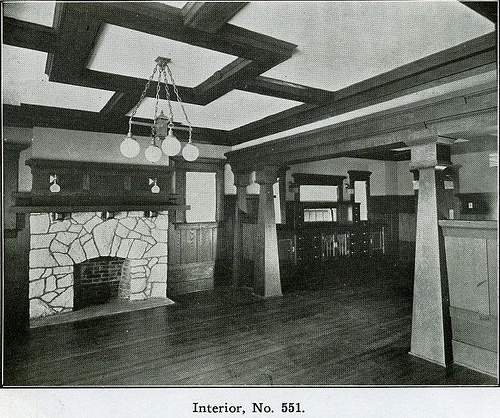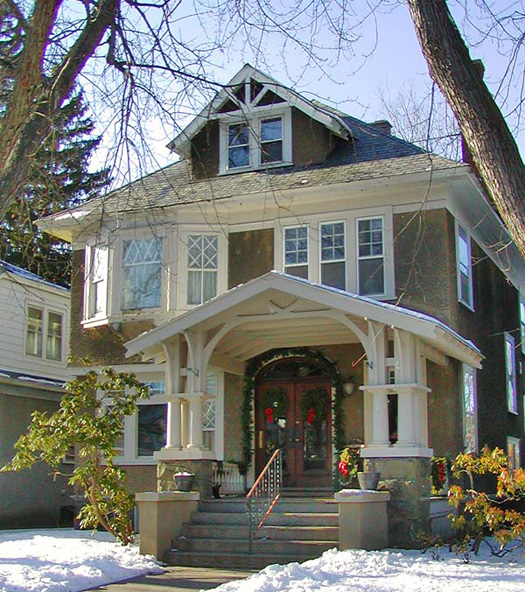In the late 1800’s and early 1900’s the Arts and Crafts movement took place as designers and manual craftsmen were outraged at the designs of the Industrial Revolution. The true craftsmen of this time period saw how the products of the Industrial Revolution were being mass produced by machines and rebelled against this revolution with a movement of their own, hoping that their handcrafted work using simple forms and natural materials would pull through and escape extinction from the power of the Industrial Revolution. The movement also hit on political reform, and was focused on the equality of all the arts, while highlighting the pleasure taken in creating handmade art and works.
The Arts and Crafts Movement began in England, spread to Canada, Australia and America where it was also called “Craftsman”. The Arts & Crafts movement took hold in America about 1890, but did not really begin to influence architecture until the 20th Century. The movement also influenced domestic design and decorative arts by bringing more natural materials, traditional craftsmanship and economic reform into this style.
During this movement Charles and Henry Greene, began to design houses on the West Coast that combined Arts and Crafts concepts with the simple wooden architecture of Asian countries. In the Midwest Frank Lloyd Wright also adapted his own version of Arts & Crafts which is known as the Prairie Style. And on the East Coast, Gustav Stickley created a new design of furniture which also used the Arts and Crafts movement as its influence.
Many older designs are becoming new again and although the revival of Arts & Crafts is not necessarily new (circa 1980), it is very exciting. We have seen this revival take on very interesting designs as some interior designers, artists and architects are now coupling a more traditional Arts & Crafts style with contemporary elements and designs. The detail, care and joy one takes while building or creating an Arts & Crafts home, design or piece of decor, art or furniture is outstanding, whether it was made in the early 1900’s or 2010. One thing is for sure, designers, artists and architects all love making things, and what better way to do this then to make it by hand?
“Have nothing in your houses that you do not know to be useful or believe to be beautiful.” William Morris
Here are just a few Arts & Crafts examples:
Photograph by Robert A. Estremo, copyright 2005.
–
–
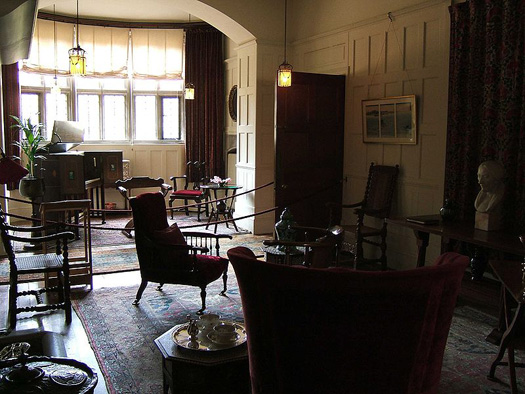
Interior of Standen, an arts and crafts family home designed by Philip Webb with interiors by William Morris.
–
–
–
–
From the Henry L. Wilson Bungalow Book.
–
–
Sided in stucco, this Foursquare house has elaborate Craftsman stickwork around the porch. Photo © Jackie Craven

